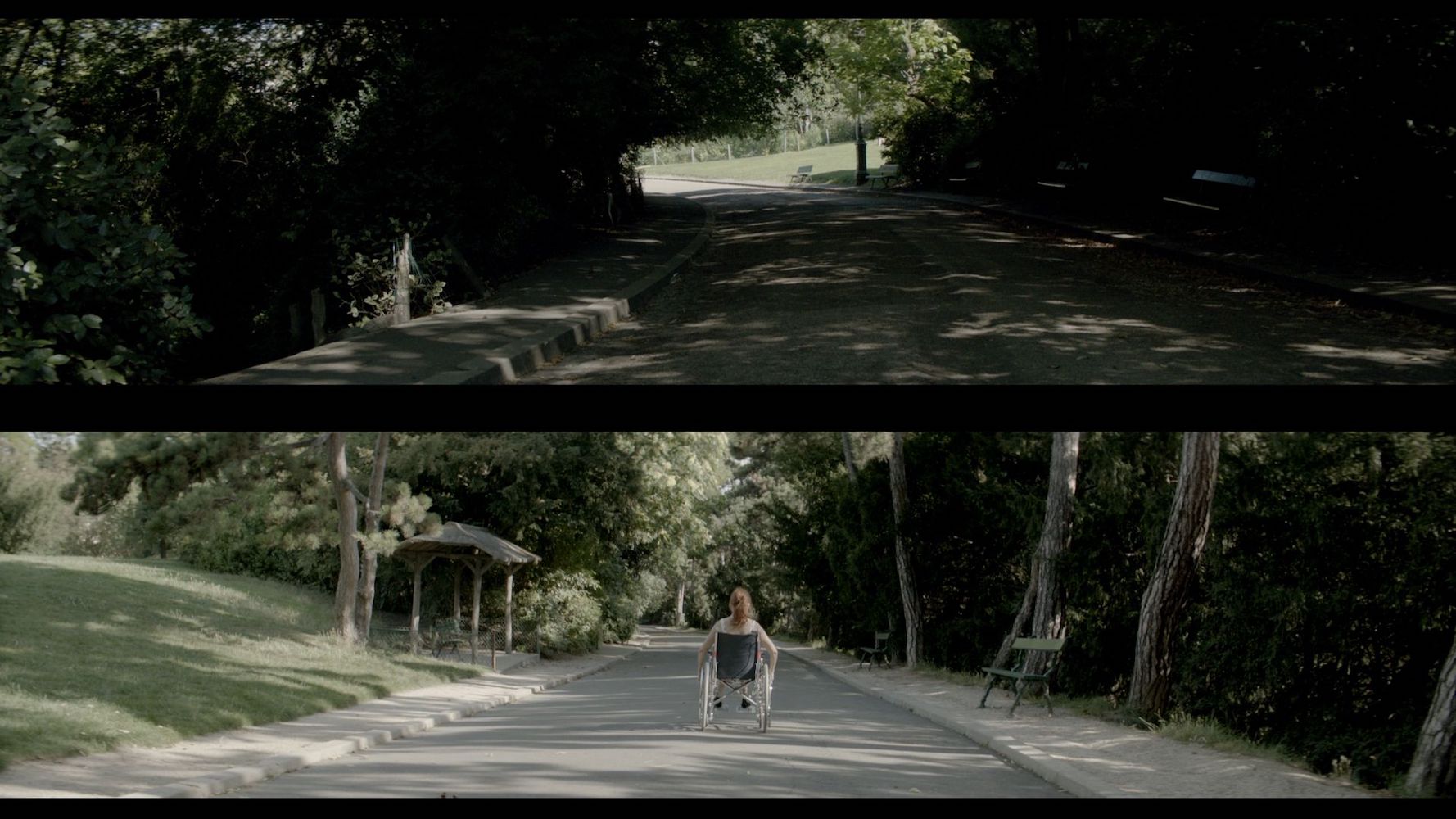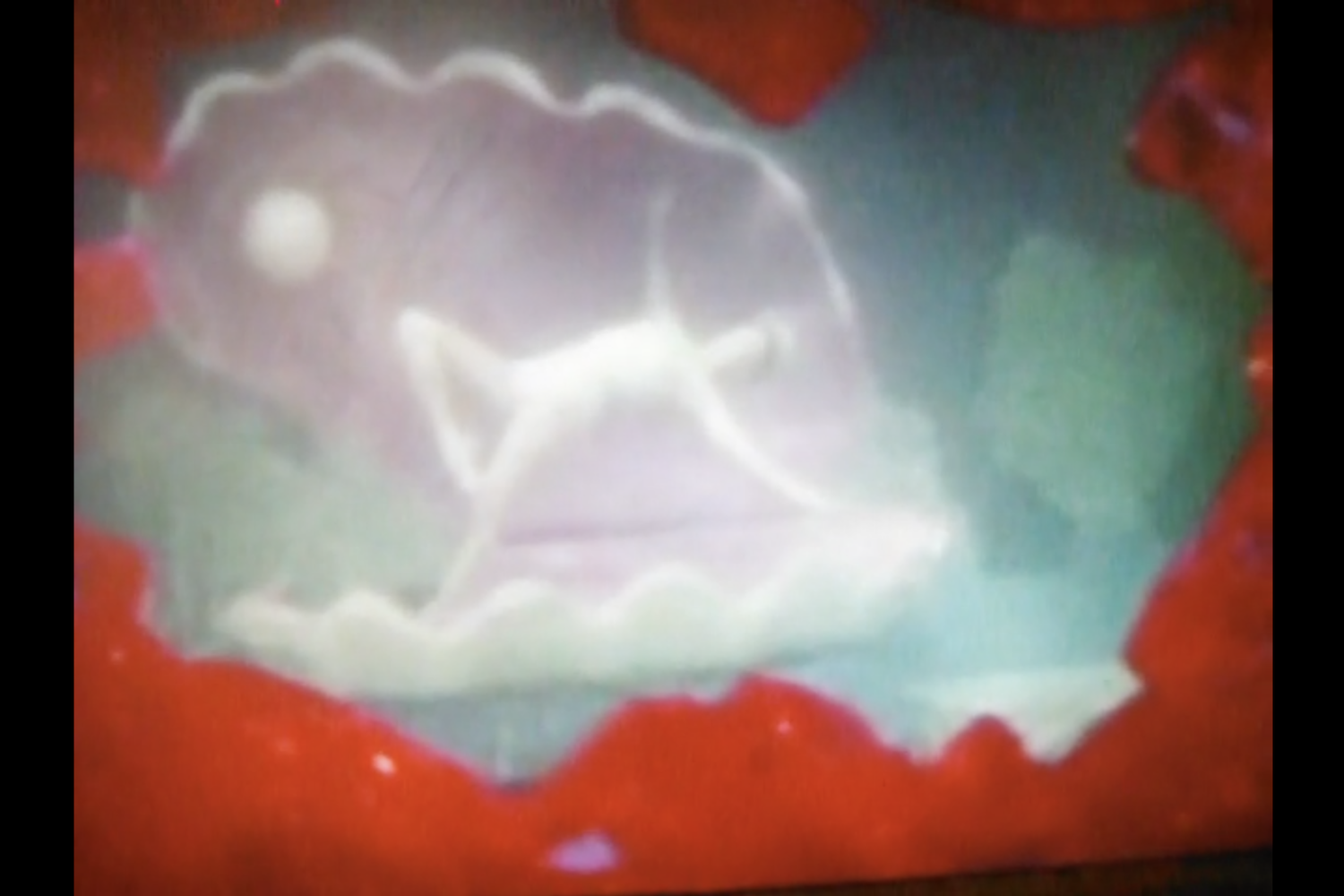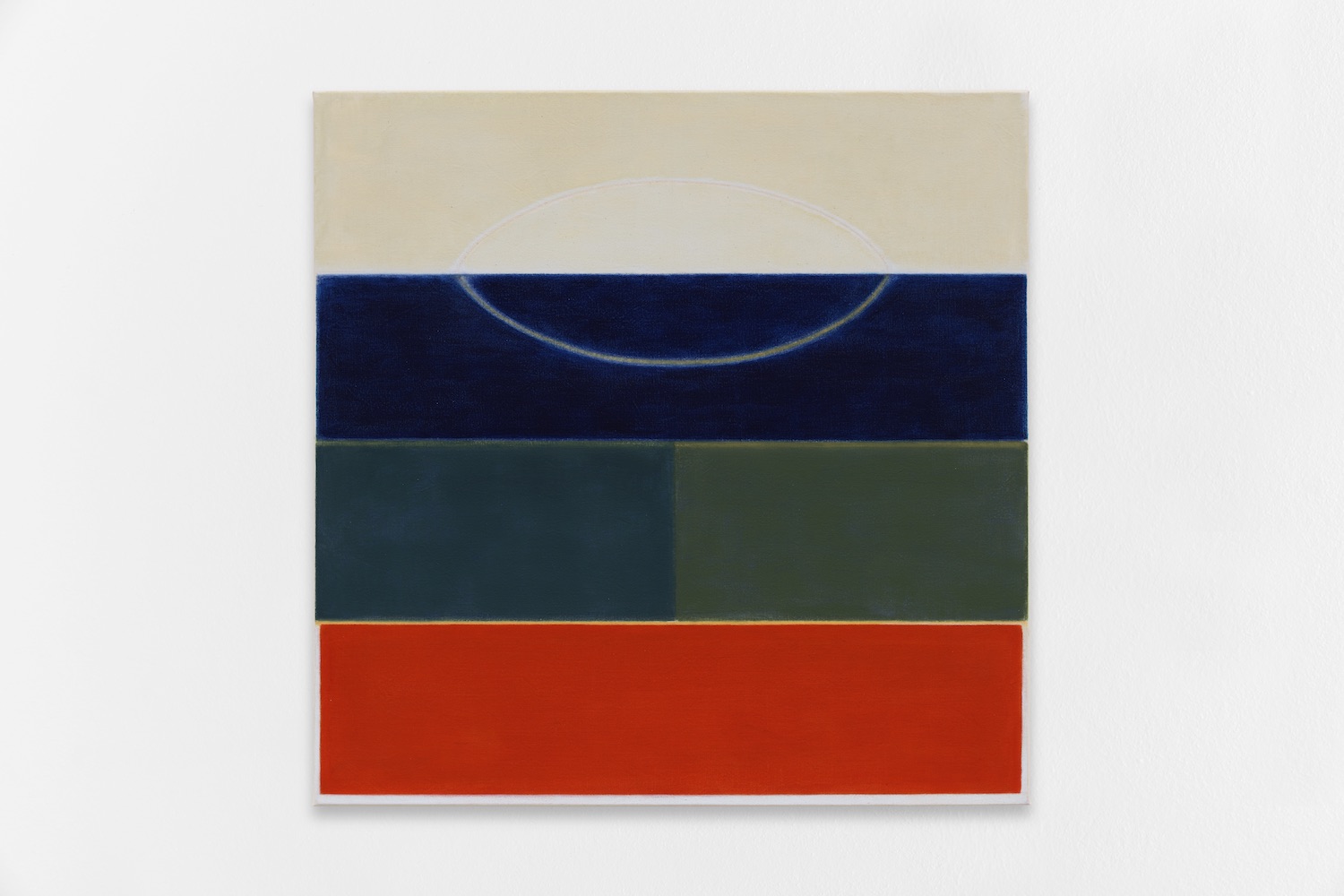
How do humans approach the ocean? For most of our history, the ocean has been regarded as, if not a barrier, an adversary: something to be simultaneously exploited and feared. And yet the sea has proven impossible to enclose, to own, slipping away from national and personal liability. The US author Herman Melville, in many ways a writer of the ocean, said “There is one knows not what sweet mystery about this sea, whose gently awful stirrings seem to speak of some hidden soul beneath.”
Ingo Niermann asks us to rethink our response to the fearful oceans, in hope of finding its hidden soul and reaching an understanding with it. In Sea Lovers (2020) Niermann offers us a whole chest of new models for reading, touching and feeling the sea. As the seaside theme parks of the early 20th century offered us a safe encounter with the novel and unsettling technologies of the age, could an underwater amusement park allow us closer interpersonal connection with other lifeforms? And just as the domestication of animals into emotional and affective companions made the forests ‘safe’ for our comprehension, could dolphins or cephalopods become our guides to the watery depths that were once our home?
Could the salty touch of the ocean itself soften us towards accepting its wild and all-encompassing embrace?




